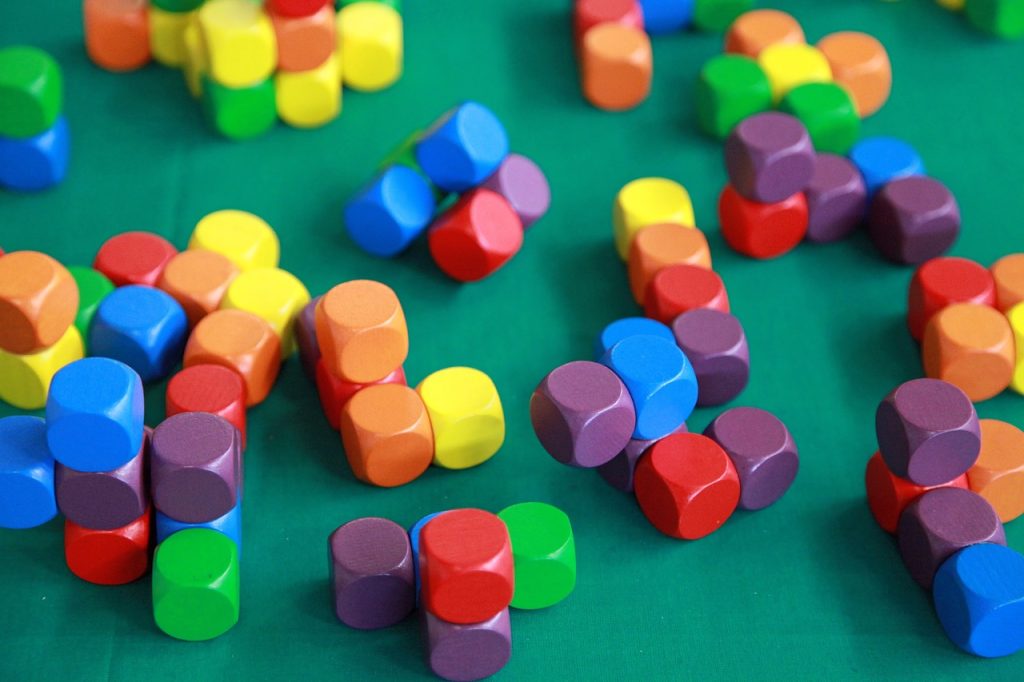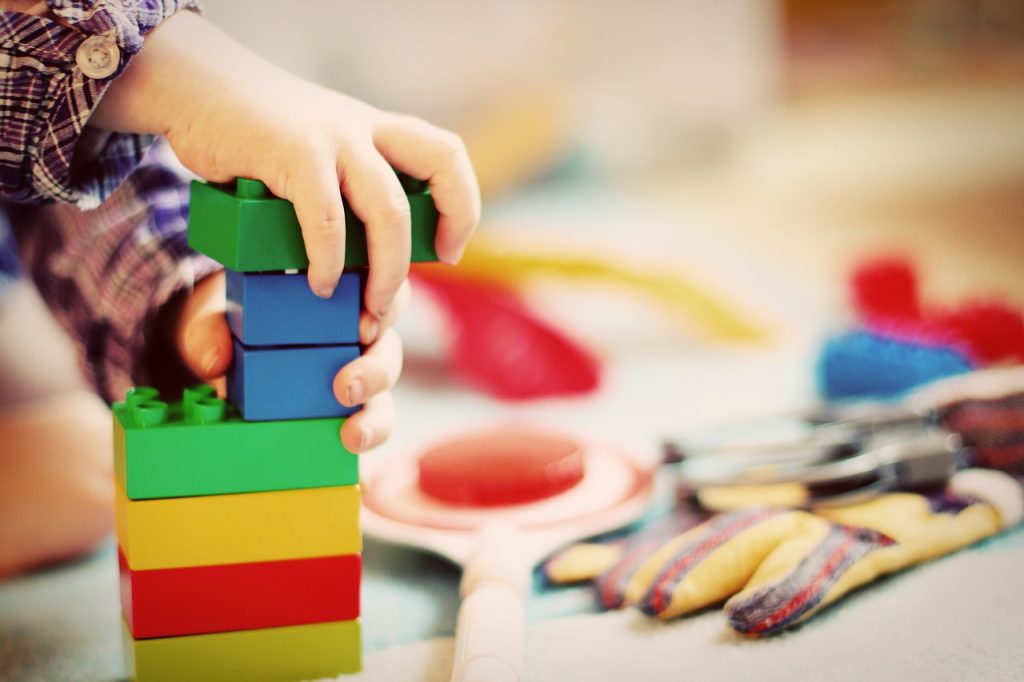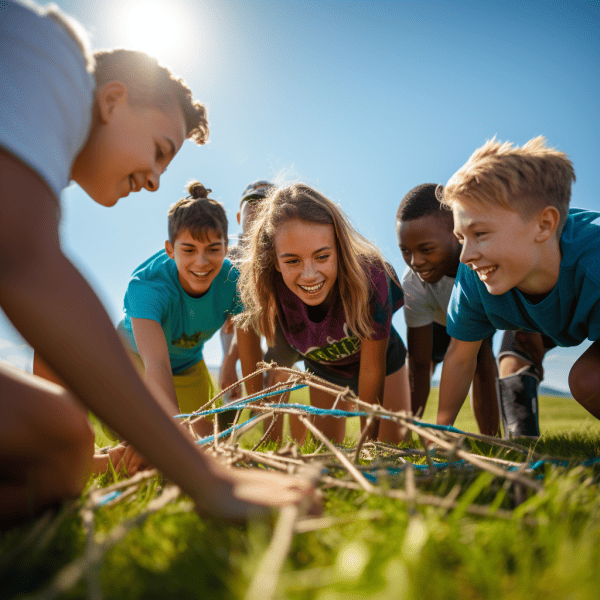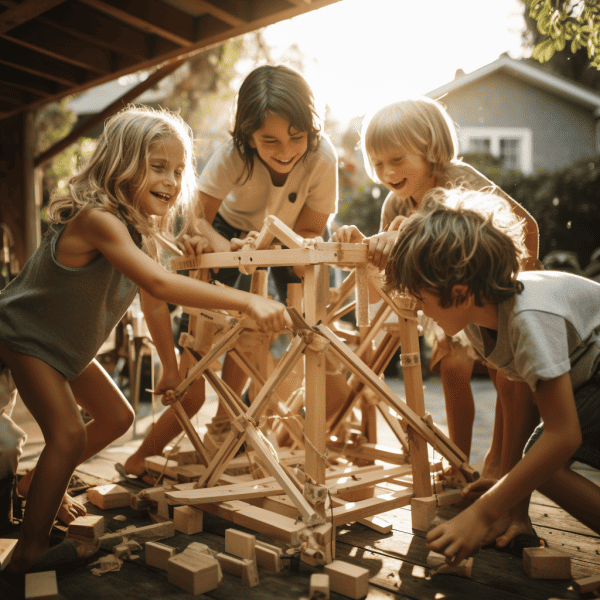According to child development expert Sarah Taylor, “Problem-solving activities build critical thinking from an early age.”
As parents juggle priorities, discernment about activities that enrich kids can be challenging.
Yet which opportunities stimulate growing minds? Gain insider perspective from a veteran teacher on why problem-solving play stands apart.
Discover how even simple challenges nurture competencies that academic lessons miss.
Keep reading to uncover why Taylor rates these activities as vital for development.
Learn how to identify problem-solving play versus passive entertainment.
Let an experienced educator reveal the building blocks that construct adaptable, creative, engaged young minds.
KEY TAKEAWAY
What are problem solving activities in childcare?
Problem-solving activities help develop critical thinking skills in children by presenting challenges they must think creatively to overcome.
When caregivers encourage and guide children as they work through problem solving tasks, it fosters resilience and curiosity to face new obstacles.
Understanding the Importance of Problem Solving Skills in Childcare
Understanding the importance of problem solving skills in childcare can greatly benefit children’s development. (1)
Every young person should have the chance to hone their problem solving skills.
In my time working with children, I’ve seen firsthand how problem solving activities that teach problem solving can boost a child in many ways.
Problem solving activities are about more than just coming up with answers. It’s about the journey we take to get there.
When kids engage their minds in problem solving activities for kids, they practice important life skills.
They learn to look at a challenge from different sides. They try new ideas without fear of failing.
This builds abilities that will serve them well as students and beyond.
Some of the best activities for kids to foster problem solving are ones kids see as play, not work. Board games top this list. Games require strategy and quick thinking on your feet.
Children compete not by strength or speed, but with their minds. They get excited by close wins and losses alike, eager each time to play again with lessons learned.
Games are also social and let children improve cooperation with peers, another life skill.
Puzzles offer problem solving too. Whether jigsaw, Rubik’s Cube style, or riddles to decode, puzzles make children concentrate.
They break large tasks into small steps, seeing the whole emerge gradually from pieces joined.
This trains persistence kids will welcome in other areas.
Puzzles also spark the “ah-ha!” of discovery each time a piece falls into place or clue is understood.
Nothing motivates like the thrill of an insight.
Getting outside adds problem solving adventures.
Nature scavenger hunts task children to find specific leaves, bugs, and more based on clues.
This strengthens their critical thinking as they rule things out and draw logical conclusions.
Treasure hunts hidden around the backyard foster the same skills while bonding families together in fun.
Map-making lets kids’ creativity and navigation abilities shine through.
The importance of these experiences is backed by data.
Studies show activities promoting problem solving skills in early years boost IQ up to 33% on average compared to peers with fewer such opportunities.
Strong problem solvers also tend toward higher grades, better careers, leadership roles, and overall life satisfaction.
So for any young child’s bright future, make room for problems to solve today.
Incorporating Play-Based Problem Solving Activities in Childcare Settings

To incorporate play-based problem solving activities in your childcare setting (2), you can encourage children to explore and find solutions to challenges they may encounter.
Finding ways to engage young minds in solving problems comes naturally through play.
At my center, I’ve seen firsthand how getting creative sparks those “a-ha!” moments of discovery.
On the shelves, I offer items with no set purpose like blocks or magnetic tiles. Then I stand back to see what develops. One day, a group wanted to span the room.
Working together, testing designs, they engineered a bridge to carry toys across. Joy on their faces showed the pride of teaching problem solving their way.
Other times, I present scenarios asking for solutions. Pretend play provides boundless options. Once, children made signs for cars to know right from left.
Laughter and teamwork flowed as strategies developed on the spot. Watching their wheels turn inspires hope for society’s future problem solving.
Activities requiring movement outside also foster inventiveness. Our homemade mini-golf welcomed diverse techniques for navigating obstacles.
Cheers went up at each success, communicating sportsmanship throughout. Playtime’s purpose is clear – it feeds the imagination that dreams up better worlds.
Research proves playfulness strengthens more than smiles. Memory games, puzzles and crafts challenging older children’s logic show cognitive development.
One study found activities like these lifted test scores of participants versus peers with fewer chances at creative problem solving skills. Fun prevails as learning’s stealth mode.
So to nurture nimble thinking in developing problem solving skills, keep surroundings stocked with open-ended toys. Pose scenarios respecting each child’s pace.
Together we’ll solve tomorrow’s quandaries with pleasure born today. Try these best problem solving activities to help your child with fun problem solving activities.
Use different problem solving strategies.
Encouraging Critical Thinking Through Interactive Play

Hands-on play proves the perfect way for curious little ones to flex their thinking. At my center, I supply open-ended toys sparking invention.
Blocks attract all who begin laying foundations. Balancing beams and spires tests stability, a challenge directing focus.
Through trial and revision, their designs take shape. Spatial lessons grow from each success.
Another favorite—pretend scenarios. Young imaginations conjure dilemmas crying out for clever fixes.
Together, unique solutions emerge from compassionate collaboration. Role-playing thus nurtures flexible perspectives and social cooperation too.
Research confirms activities requiring active participation best foster nimble minds. One review found play developing logical reasoning and spatial awareness boosted other skills.
Students engaged in make-believe and construction outscored peers on later tests of thinking skills.
More evidence—an experiment had kids build with logs, sorting shapes and playing tic tac toe.
Compared to those lacking such activities help develop problem solving skills, they showed greater fine motor skills and ability to find multiple solutions to problems.
So pack shelves sparking creative problem solving and spread a tapestry inviting exploration. There, young pioneers freely cultivate their innate drive to understand through doing.
Encourage your child to have fun with these effective problem solving activities. Learn examples of problem solving through open-ended play.
Promoting Collaborative Problem Solving in Childcare Environments
From the start, encouraging work together drives learning. Young explorers discover so much by trial and error beside patient friends.
At my center, lively groups tackling tasks teaches essential life skills.
Building blocks invite creativity shared. Children design structures combining each idea. Consulting one another ensures sturdy results bringing shared joy.
Wooden blocks nurture crucial social skills as ideas flow freely.
Imagination ignites in imaginative play too. Children assume roles encountering puzzles aiding each solves.
Through collaboration, dilemmas find funny and caring fixes developing empathy.
Imaginative play cultivates flexible perspective-taking vital in adult dealings.
Even simple pastimes bring mental rewards in companionship. Solving jigsaw puzzles as a unit, patience and verbal cooperation emerge.
Later analysis links such activities improving cognitive skills well beyond peers playing alone. Jigsaw puzzles promote that growth mindset seeking alternatives to “I can’t.”
Outdoors, scavenger hunt clues spark laughter plus exchange of clues. Together the team follows riddles to prizes, cementing helpful persistence.
Similar group games for kids like Monopoly Junior keep young minds engaged learning sportsmanship and strategic pondering.
So fill your space inviting collaboration. There, children will hone important abilities for relating, problem solving and lifelong education through play with peers.
Together is just plain better for building our future. Encourage imaginative play to boost cognitive skills in early childhood.
Fostering Creativity and Innovation Through Playful Problem Solving
As a provider, I’ve witnessed firsthand play’s uncanny power. Children exploring freely ultimately grasp innovative thinking’s joy.
One project especially inspires. My wards transformed a corner into an “escape room.” Crafting clues welcoming many solutions sparked endless riddles.
Carefully guiding without direct answers lets imagination reign. Weeks later, their proud faces proved difficulties solved strengthen eager spirits.
Open shelters invite discovery too. Loose parts like boxes, scarves, pretend potions invite any story. There, unbounded pretend becomes a world of their making.
Unhurried, new ideas emerge from such self-directed fun.
Cooperative brainstorming provides another approach. The “human knot” introduces a challenge strengthening through unity. Laughing, hands and minds join in solve this puzzle together.
Later, stronger friendships and flexible perspectives remain lessons learned.
Research echoes experiences. Studies found activities encouraging playful cooperation boost innovative abilities. Children afforded time solving social problems together outscored peers on tests of novel thinking.
Independence nurtured from support empowers bright futures.
Provide spaces for pretend and board games. Encourage “thinking and problem solving” through activities for toddlers.
Learn problem solving steps to teach kids. Check out frequently asked questions about innovative play.
So provide spaces where curiosity feels safe exploring. Respect each child’s interests and pacing.
There, we’ll cultivate tomorrow’s problemsolves and pioneers changing the world, one “Ah ha!” at a time.
Assessing and Supporting Children’s Problem Solving Abilities in Childcare
To help charges succeed, studying their methods guides support. At my care, observing problem-solving aids each grows.
One showed me her diagrams explaining magnets. Pausing, I asked asked questions prompting further tests. Later, her improved designs came from puzzles sparking wonder.
In this way, science experiments foster the analytic bent essential to scholars.
Another faced a book’s ripped pages. Suggesting tape, I then encouraged rebinding options. Hours past crafting pockets and even cloth covers.
His finished works showcase possibility nurtured from an open mind. Creative solutions often arrive when finding a solution seems invites fresh perspectives.
Studies agree play best enables abilities. One reviewed centers where challenging tasks stirred thinking. Comparatively, children there displayed greater gains in skills are developed through hands-on puzzling.
Team building memory games and leisure building social intellect prove invaluable lessons.
Fill rooms with intriguing tests and scavenger hunts. Pose questions urging analytical thinking and creative thinking. Together kids learn essential skills through play and find solutions.
So fill your space with inspiring questions. Watch discoveries unfold from an interest in “why.” Guidance follows their lead, deepening natures we’re privileged to witness.
There, joyous self-guided learners we all hope them to be are free to become.
Frequently Asked Questions
Can problem-solving activities be tailored for different age groups in childcare?
Absolutely! Problem-solving activities can be adjusted based on the age and developmental level of the children.
For younger kids, activities might involve simple puzzles, while older children could engage in more complex challenges.
What types of problem-solving activities can be used in childcare settings?
Childcare providers can use activities like building structures with blocks, solving riddles, creating treasure hunts, or even engaging in collaborative group projects to encourage problem-solving skills in children.
Conclusion
Problem solving play opens young minds.
Through puzzles and group tasks, children expand thinking. Caregivers provide support as skills emerge.
By encouraging questions and cooperation, classrooms spark curiosity.
Observant guidance ensures each child succeeds at their pace.
Studies show activities that inspire cooperation and invention best prepare people.
Together, we cultivate bright futures eager to engage the world. So fill spaces with tasks welcoming open exploration.
There, imagination and teamwork will help blossoms achieve their potential.
References
- https://mrsmyersrr.com/news/importance-problem-solving-child-development#:~:text=The%20development%20of%20problem%2Dsolving,success%20later%20on%20in%20life.
- https://empoweredparents.co/problem-solving-activities-preschoolers/



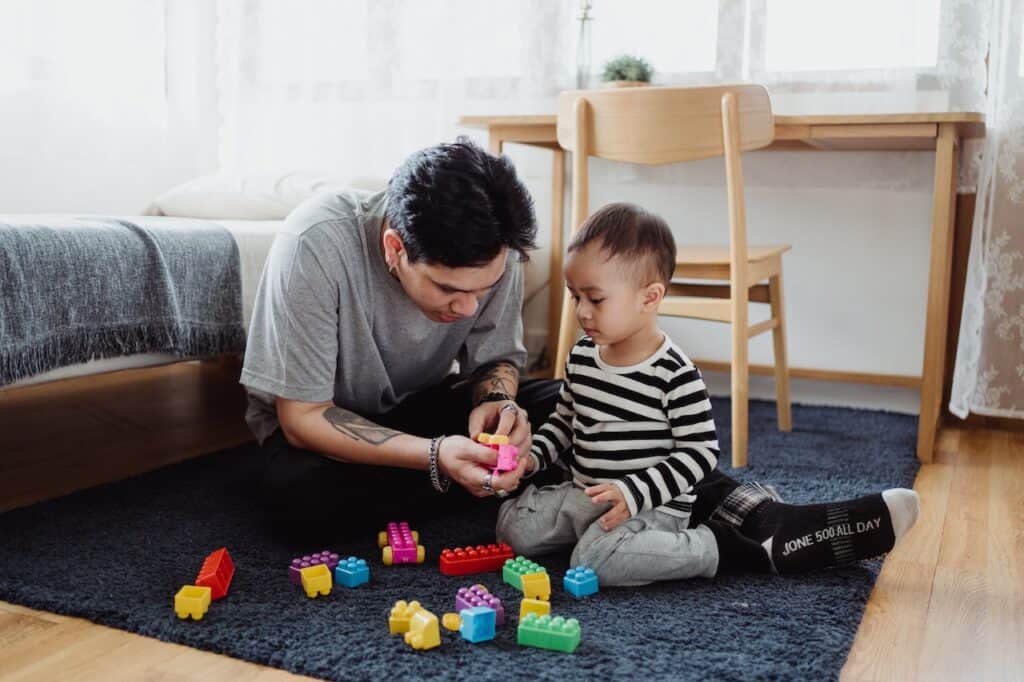 Photo by Ketut Subiyanto: https://www.pexels.com/photo/man-playing-with-building-blocks-with-baby-boy-on-a-carpet-4934149/
Photo by Ketut Subiyanto: https://www.pexels.com/photo/man-playing-with-building-blocks-with-baby-boy-on-a-carpet-4934149/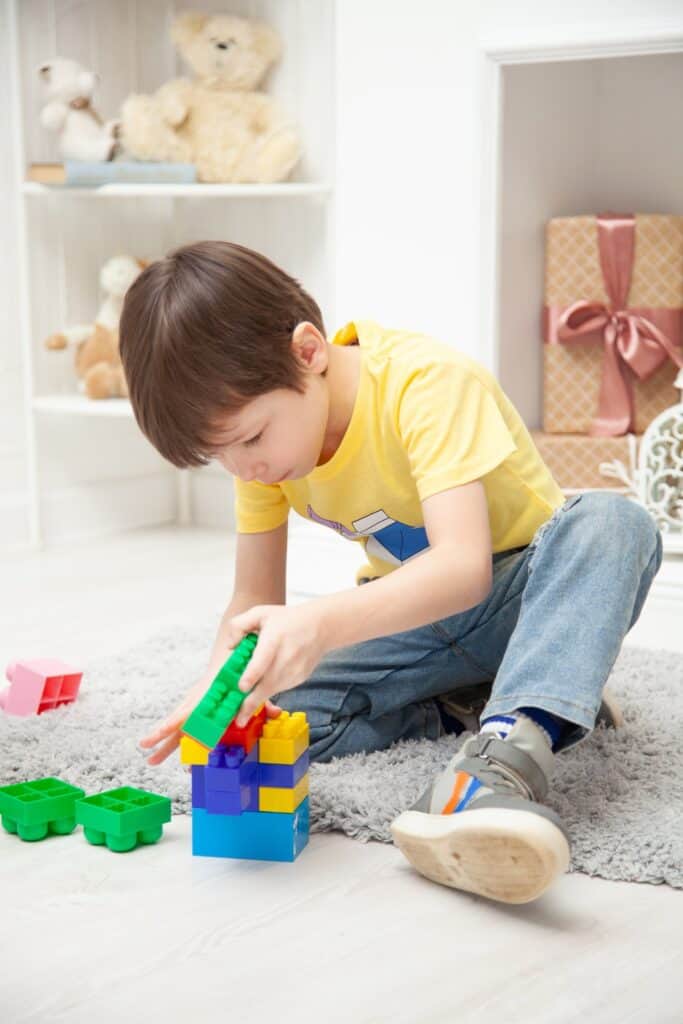
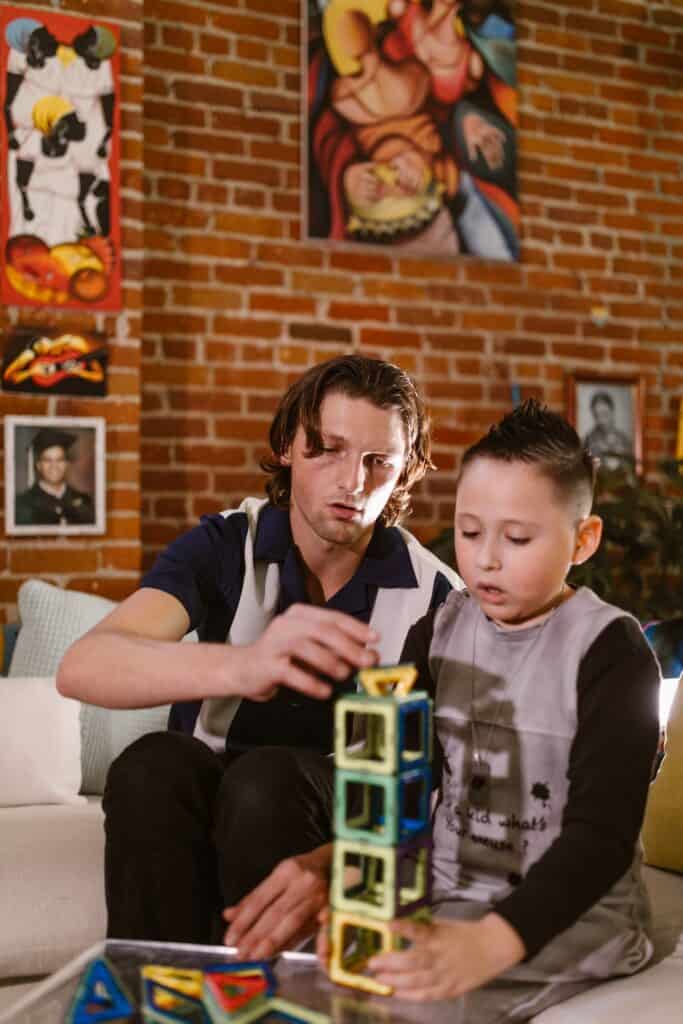
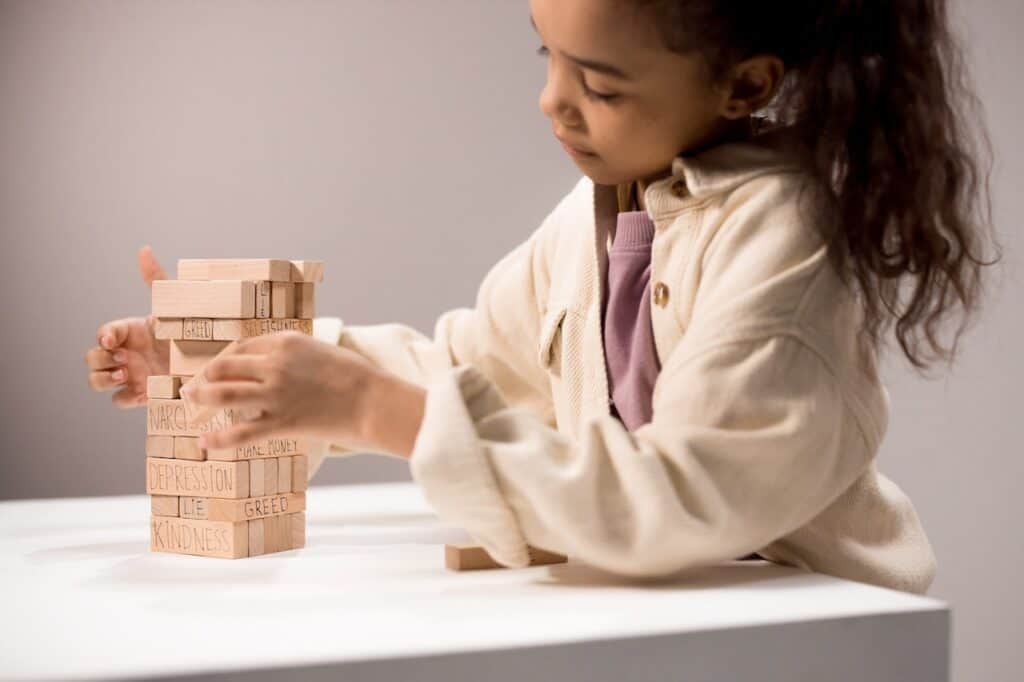 Photo by Ron Lach : https://www.pexels.com/photo/a-girl-playing-with-wooden-building-blocks-with-words-9196727/
Photo by Ron Lach : https://www.pexels.com/photo/a-girl-playing-with-wooden-building-blocks-with-words-9196727/ Photo by Polesie Toys: https://www.pexels.com/photo/boy-in-a-yellow-sweater-playing-with-plastic-toys-on-a-wooden-floor-4487909/
Photo by Polesie Toys: https://www.pexels.com/photo/boy-in-a-yellow-sweater-playing-with-plastic-toys-on-a-wooden-floor-4487909/





